If you’re considering getting a hamster, these adorable little creatures can make fascinating and entertaining pets. While there are 24 species of hamsters, only five are commonly kept as pets. Some types of hamsters are best housed alone, while others can comfortably live in groups. If you’re looking for a hamster you can hold and interact with, some breeds are more suitable for handling, while others prefer to play on their own.
**Tip**: You can build a bond with your hamster over time. Patience is key—avoid forcing handling immediately. Stick to a feeding schedule, provide playtime outside of their habitat, and speak softly to your new furry friend. Eventually, your hamster may recognize your scent and voice, and come to see you as a source of comfort.
**Species Characteristics**:
Pet hamsters range in length from 2 to 7 inches, have short tails, and small eyes. Their fur comes in colors like black, brown, gray, white, yellow, or red. Hamsters can store and carry food in their large cheek pouches. They have broad feet, with four toes on the front feet and five on the back. Hamsters also have large, chisel-shaped front teeth that continuously grow. Larger hamsters tend to prefer solitude; for example, male Syrian hamsters housed together may fight for dominance, even to the point of attempting to kill each other. In contrast, dwarf hamsters of the same sex can often live together peacefully. Hamsters are generally gentle with humans and rarely bite. All hamsters are nocturnal, sleeping during the day and being active at night.
Here are five hamster breeds that make excellent household pets:
1. **Roborovski Dwarf Hamster (Phodopus roborovskii)**:
This is the smallest popular hamster breed, reaching only about 2 inches in length when fully grown. Due to their small size, it’s best to keep them in an aquarium with a mesh lid, as they can easily escape from wire cages. They are popular for their unique appearance, but due to their tendency to escape and their sensitivity, they are better suited for owners who enjoy watching rather than handling them.
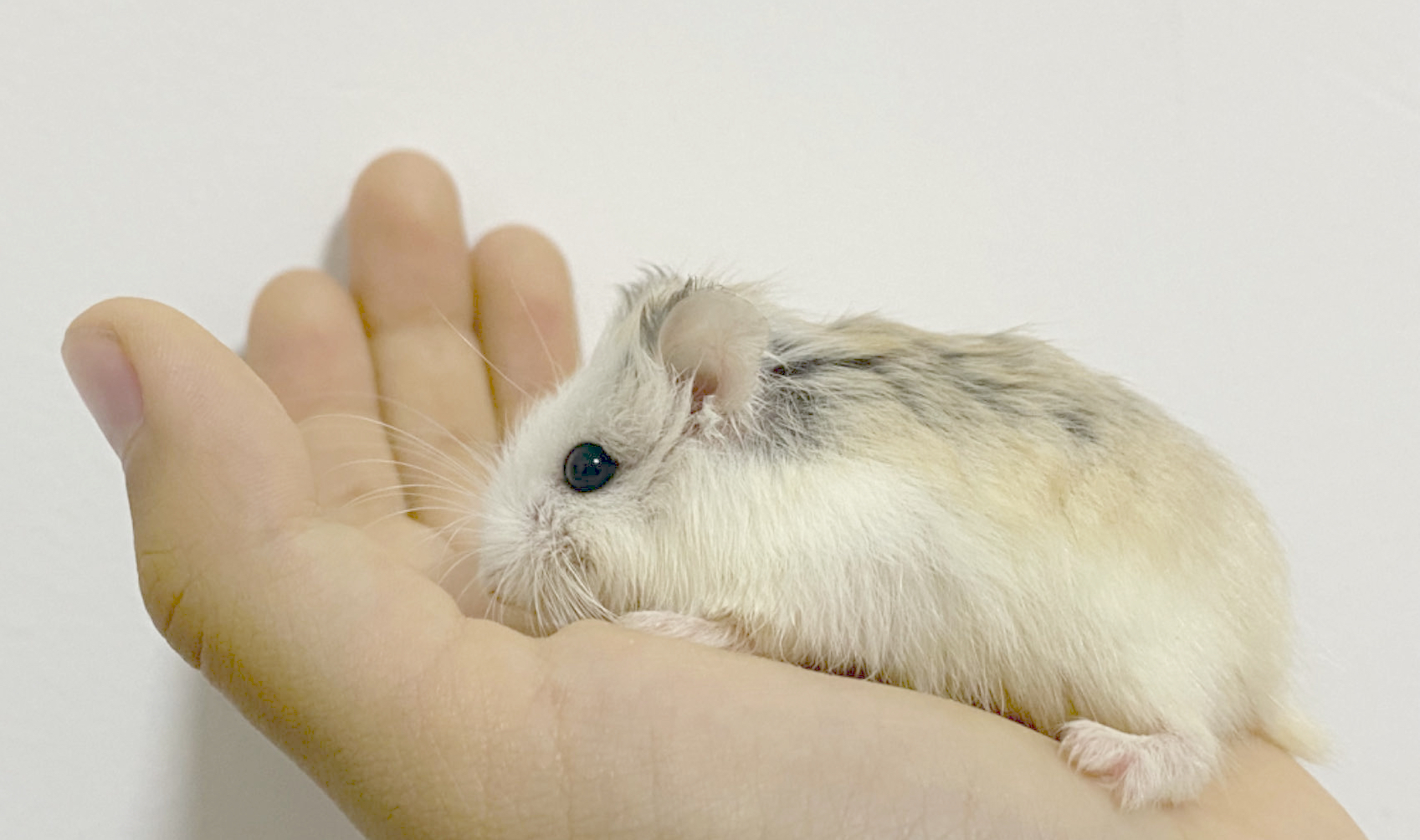
2. **Syrian (Golden) Hamster (Mesocricetus auratus)**:
The Syrian hamster, also known as the teddy bear or golden hamster, is the most popular pet hamster, especially for children. They range from 5 to 9 inches in length and have a lifespan of two to four years. Syrian hamsters come in both short-haired and long-haired varieties, with fur colors ranging from golden and white to black and white. They are known for their docile nature and are one of the most handleable hamster breeds.
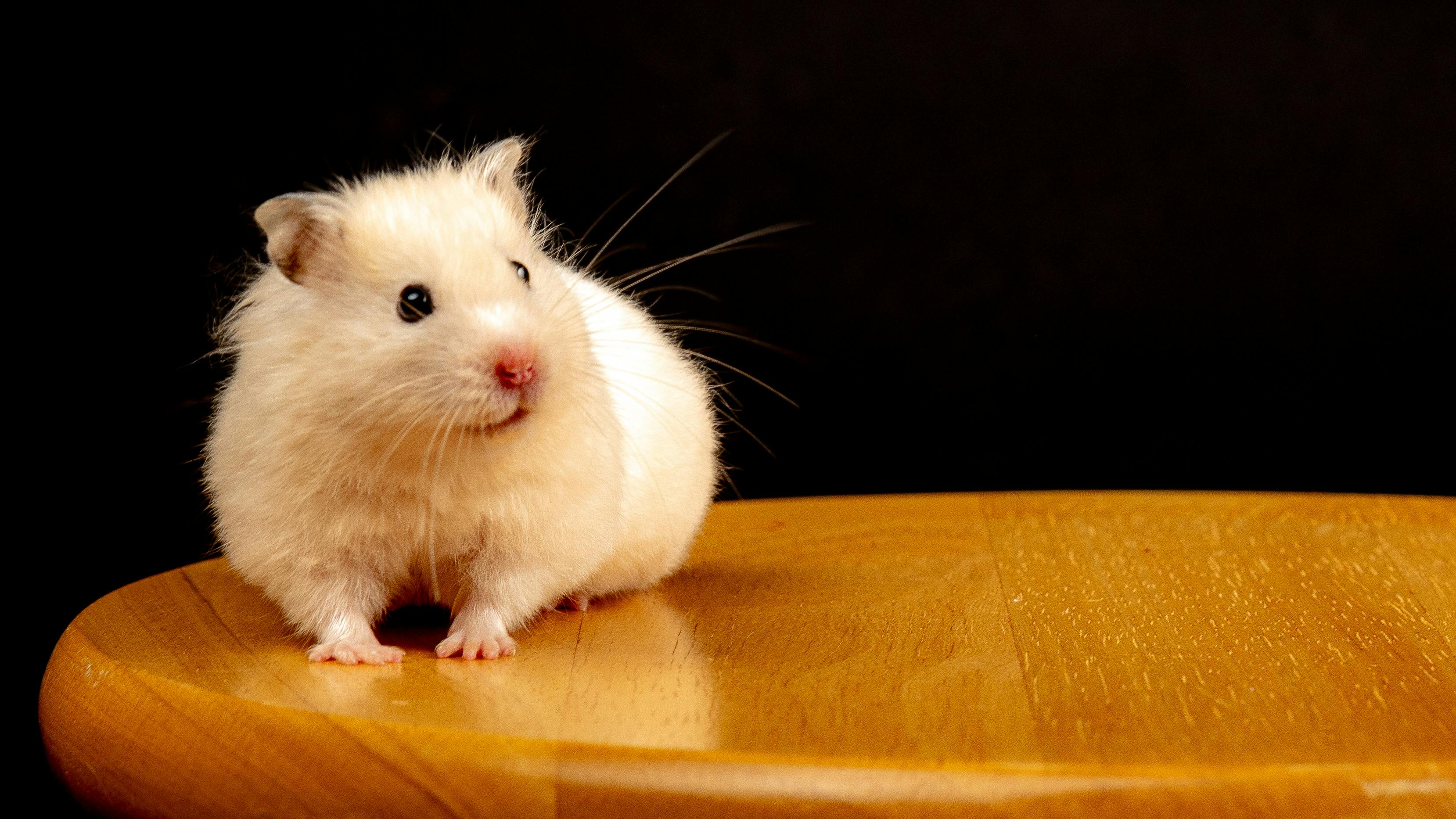
3. **Campbell’s Dwarf Russian Hamster (Phodopus campbelli)**:
Reaching up to 4 inches in length with an average lifespan of two years, this social breed can be kept in groups if properly introduced. They have short, silky fur, with soft, pale yellow and gray underfur on the belly and wood-brown on the back and head. A distinctive charcoal stripe runs from between their ears to their tails.
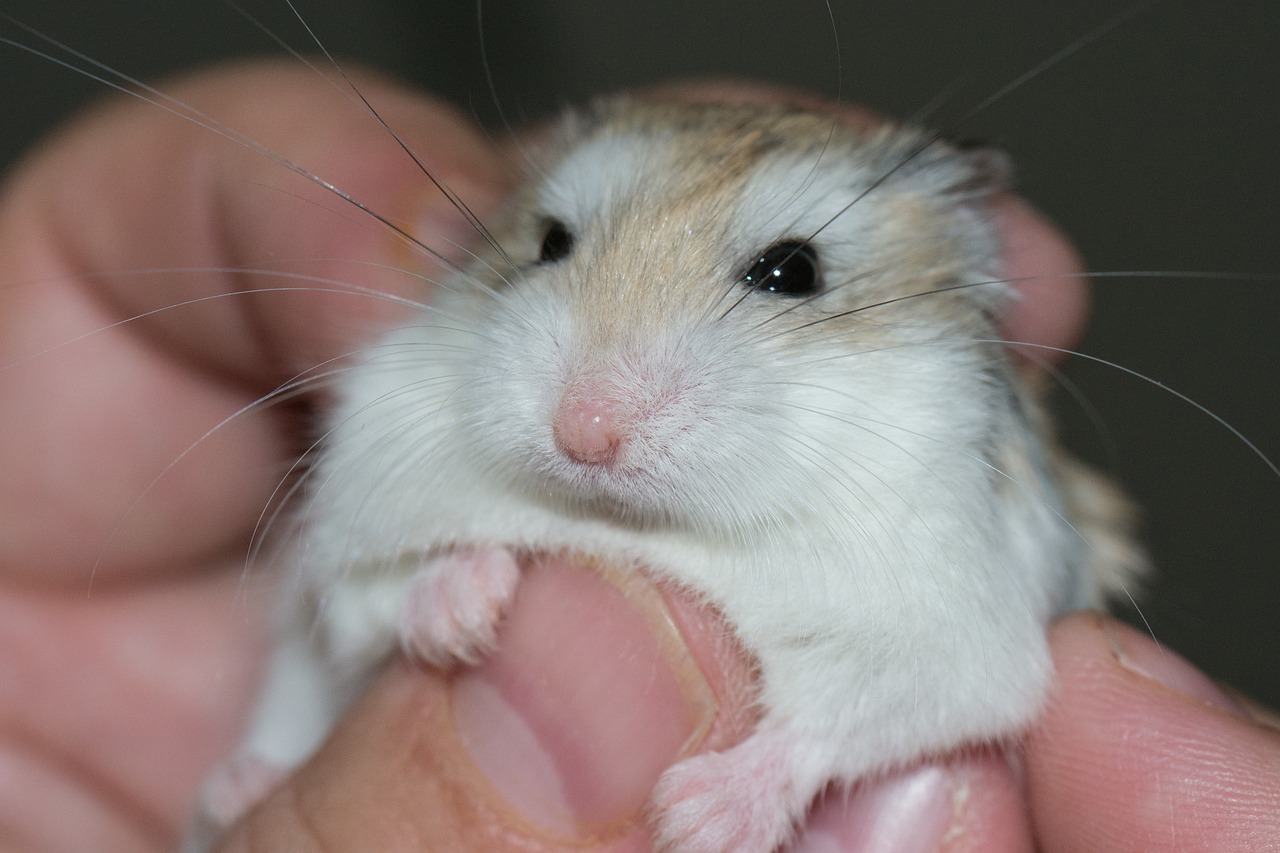
4. **Winter White Dwarf Hamster (Phodopus sungorus)**:
Often referred to as the “three-stripe hamster,” this breed is similar in size to the Campbell’s hamster, usually 3.5 to 4 inches long, with a lifespan of about two years. They are known for their round bodies and short faces. Winter Whites are very gentle and unlikely to bite, making them a popular choice for beginners.
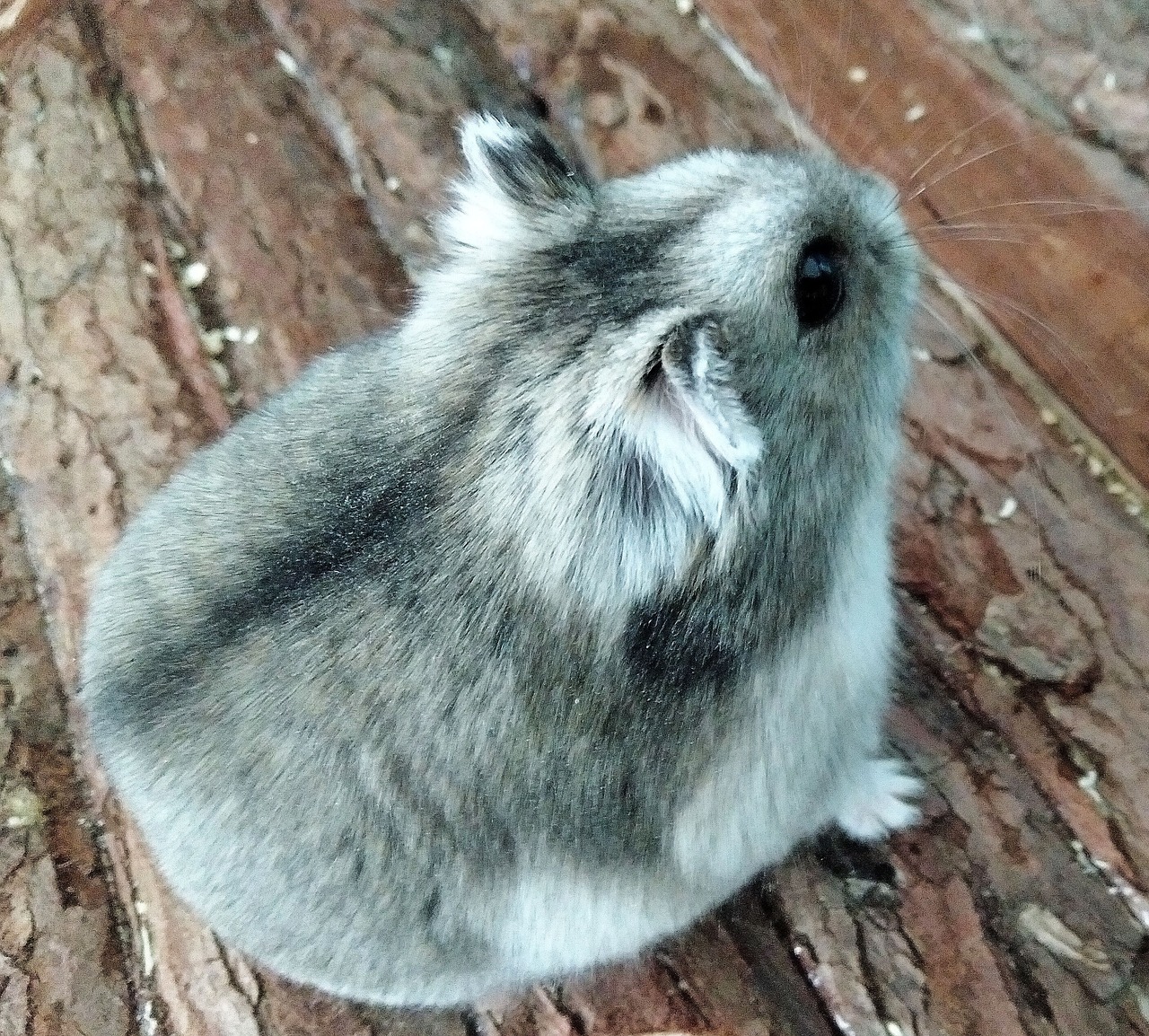
- The **Pudding Hamster** is a variety of Winter White (Phodopus sungorus) bred in Japan, known for its yellowish color resembling pudding. Pudding hamsters with orange or golden stripes are called Yellow Puddings, and those with milky white fur are called White Puddings. They are friendly, easy to care for, and make great pets for first-time owners or children.
5. **Chinese Hamster (Cricetus griseus)**:
Growing up to 5 inches long with a lifespan of up to three years, Chinese hamsters are known for being friendly and easy to handle if they are accustomed to being held from a young age. If not, they can be shy and nervous, which may lead to biting.
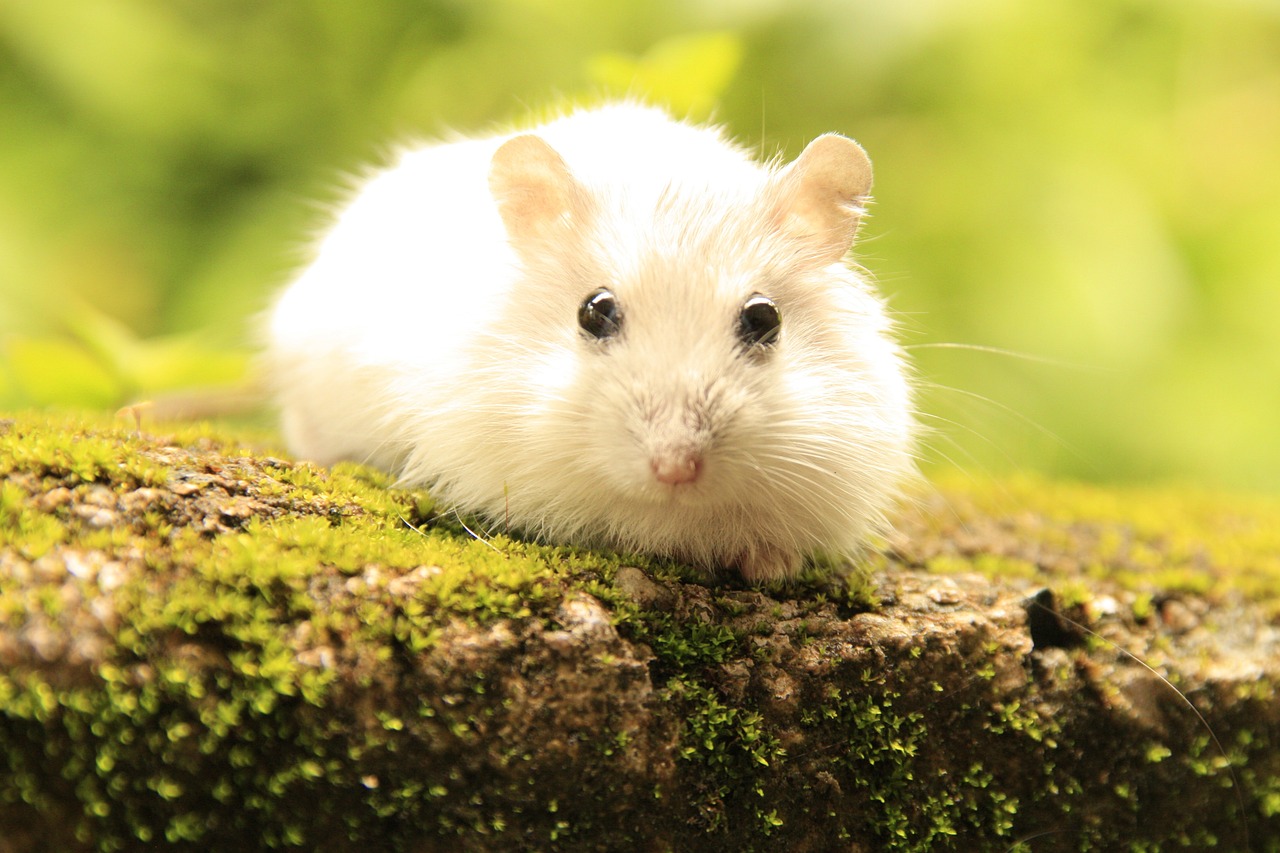
**Care Recommendations**
**Cage and Environment**:
- **Cage Size**: A floor area of at least 0.5 square meters is recommended to ensure ample space for activity.
- **Hiding Spots**: Provide multiple paper or wood shelters for the hamster to hide and rest in.
- **Bedding**: Use at least 20 cm of dust-free, soft bedding like dust-free shavings or straw to encourage burrowing and nest building.
- **Ventilation**: Ensure the top of the cage remains open, especially for glass or plastic enclosures, to maintain proper airflow.
**Daily Care and Maintenance**:
- **Cleaning**: Clean damp bedding and food dishes daily, do a full cleaning monthly, and retain some old bedding to help the hamster adjust.
- **Exercise and Toys**: Provide a flat running wheel with a diameter of at least 20 cm, along with toys without sharp edges.
- **Food and Water**: Ensure fresh water and balanced food, avoiding high-salt, high-sugar, or harmful foods.
- **Pet Interaction**: Gradually increase interaction to build trust and reduce stress.
**Care Warnings**:
- **Cage Limitations**: Avoid cages that are too small or have wire mesh floors.
- **Toy Selection**: Do not use mesh running wheels that could harm the hamster’s spine, too-small toys, or plastic exercise balls that could cause injury.
- **Hazardous Materials**: Avoid plastic toys that may contain harmful chemicals.
- **Bedding Choice**: Do not use cotton or other easily entangling materials that could block the hamster's cheek pouches or cause other injuries.
- **Diet Management**: Avoid sudden changes in food and using spoiled food.
**Activity Space**:
- **Ensure safety**: Make sure the play area is safe, avoiding high places or areas where the hamster could fall.
- **Other Pets**: Keep cats, dogs, and other pets away from the hamster to avoid stress or injury.
**Additional Considerations**:
- **Daytime Rest**: Hamsters are primarily active at night, so avoid disturbing them during the day.
- **Environment**: Avoid placing the cage near air conditioners, heaters, or vents to prevent temperature changes that could stress the hamster.
